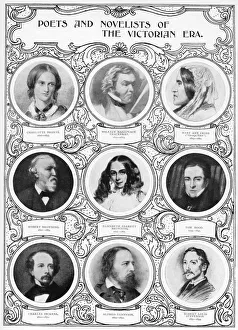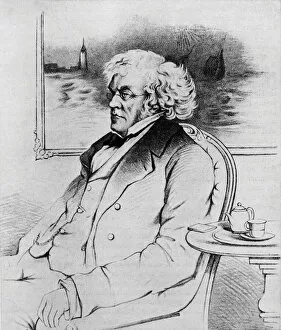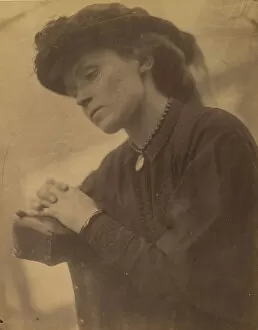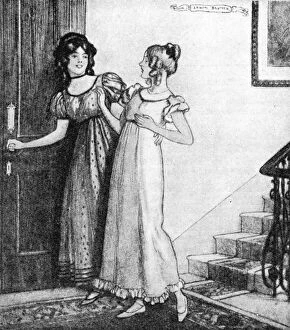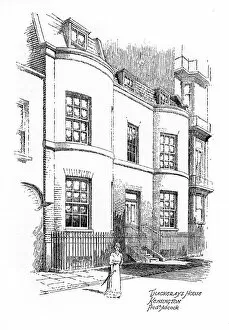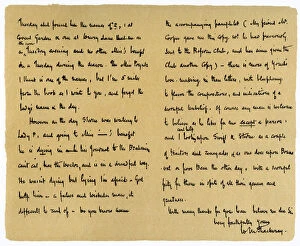William Makepeace Collection
William Makepeace Thackeray was one of the most prominent poets and novelists of the Victorian Era in the late 19th century
All Professionally Made to Order for Quick Shipping
William Makepeace Thackeray was one of the most prominent poets and novelists of the Victorian Era in the late 19th century. Born in 1811, Thackeray's literary genius captivated readers with his insightful and satirical works. His talent for storytelling is beautifully captured in a photograph taken by Julia Margaret Cameron, showcasing Thackeray alongside his daughter Minnie in 1865. Thackeray's contribution to literature is further immortalized through various artistic depictions. Sir John Gilbert's painting from around 1850 portrays him as a distinguished figure, while a supposititious silhouette shows him engrossed in reading during the 19th century. These images give us glimpses into the life of this remarkable author. One cannot discuss Thackeray without mentioning his masterpiece "Vanity Fair. " Hodder & Stoughton Ltd's illustration from 1923 brings to life scenes from this iconic novel, capturing its essence and complexity. Joseph Simpson also pays tribute to Thackeray with an artwork that showcases his profound impact on English literature. Thackeray's influence extended beyond borders, as seen in an image depicting him as an Anglo-Indian novelist created in 1912. This highlights his ability to connect with readers across different cultures and backgrounds. The house where Thackeray lived in Kensington, London serves as a testament to his legacy. Frederick Adcock's painting transports us back to 1912 when it stood proudly as both a home and sanctuary for creativity. Thackery had a playful side too; George Cruikshank’s artwork titled "April-Fooling" reveals another facet of this multifaceted writer who could effortlessly blend humor into his narratives. Finally, we catch a glimpse into William Makepeace Thackery himself through a letter he wrote on September 12th, 1851. The document provides insight into his thoughts and emotions at that particular moment—a rare and intimate connection to the man behind the words.

